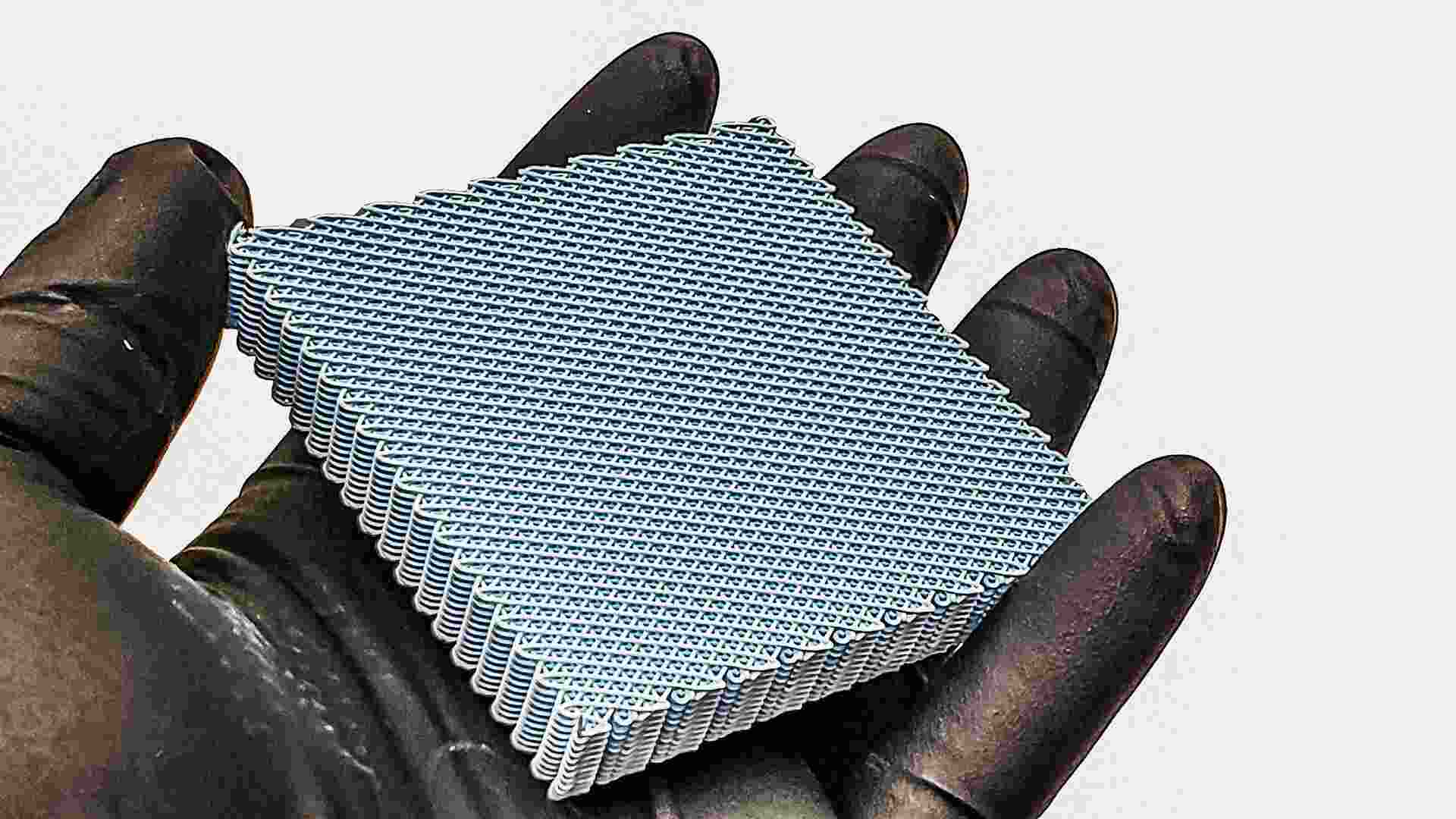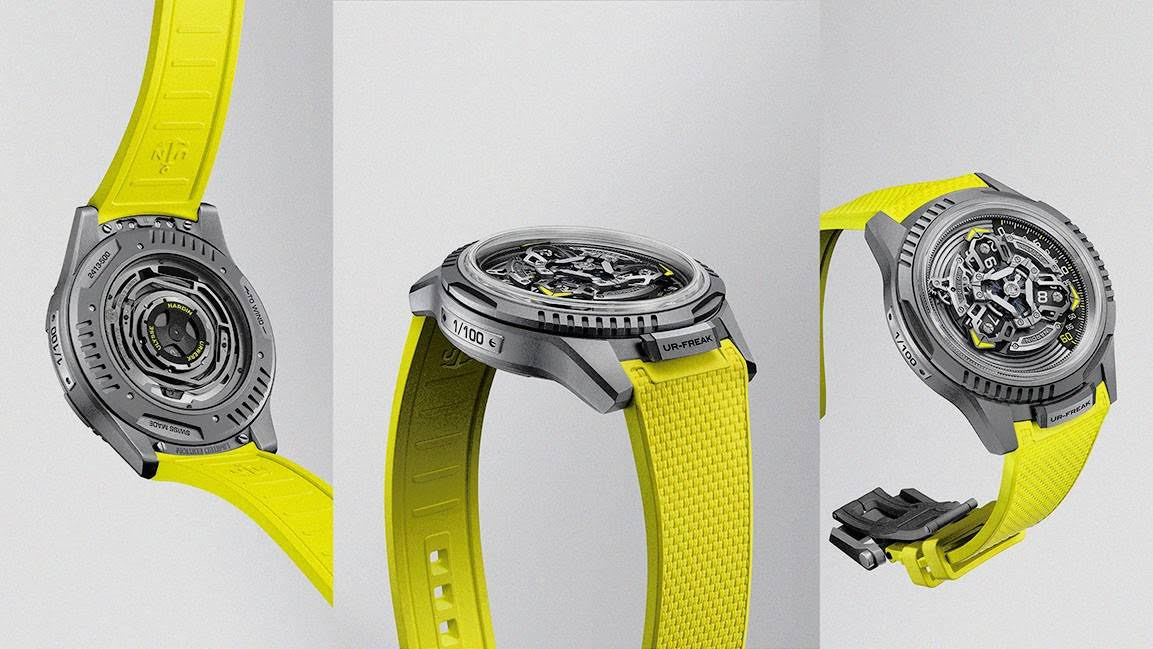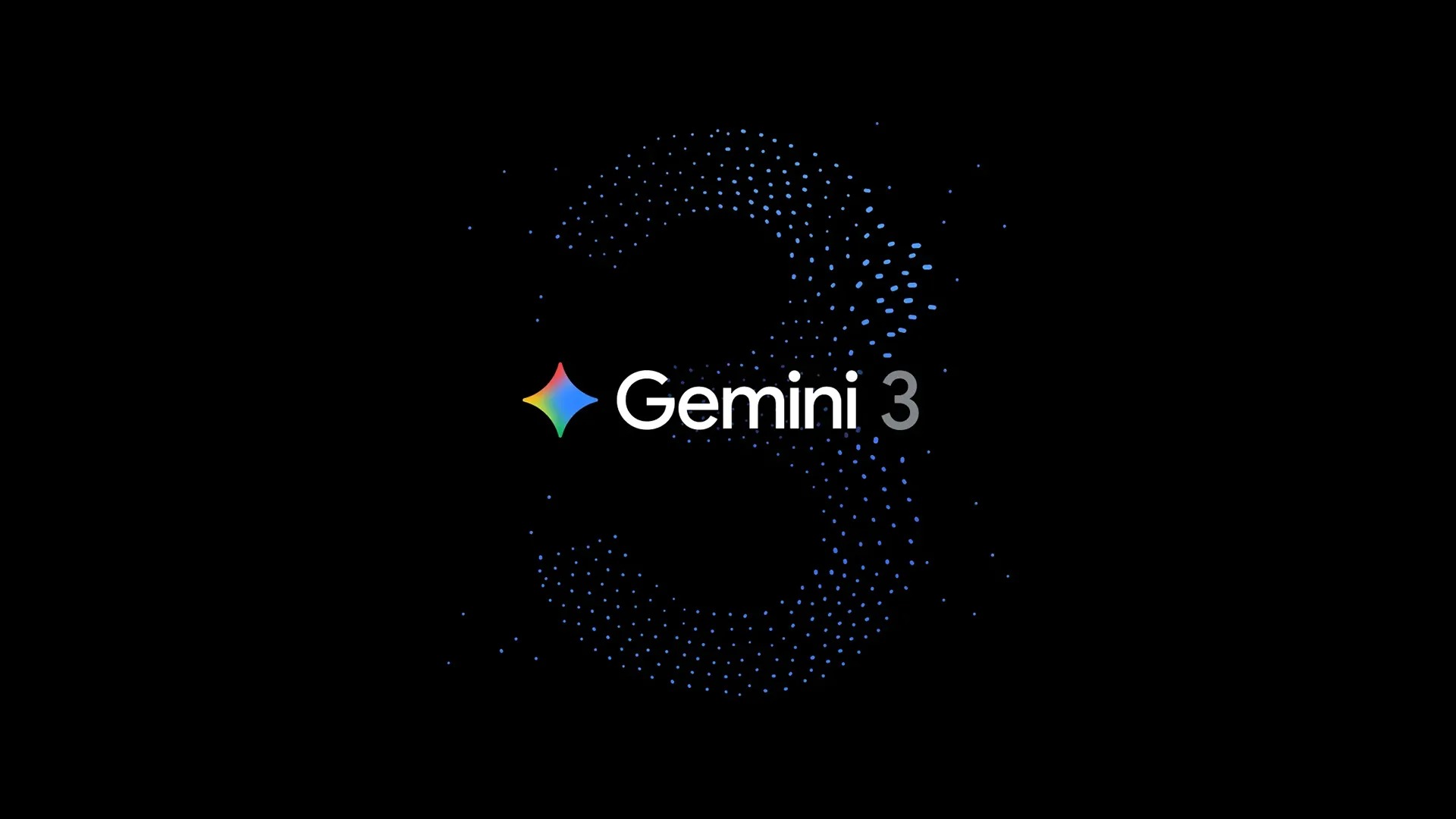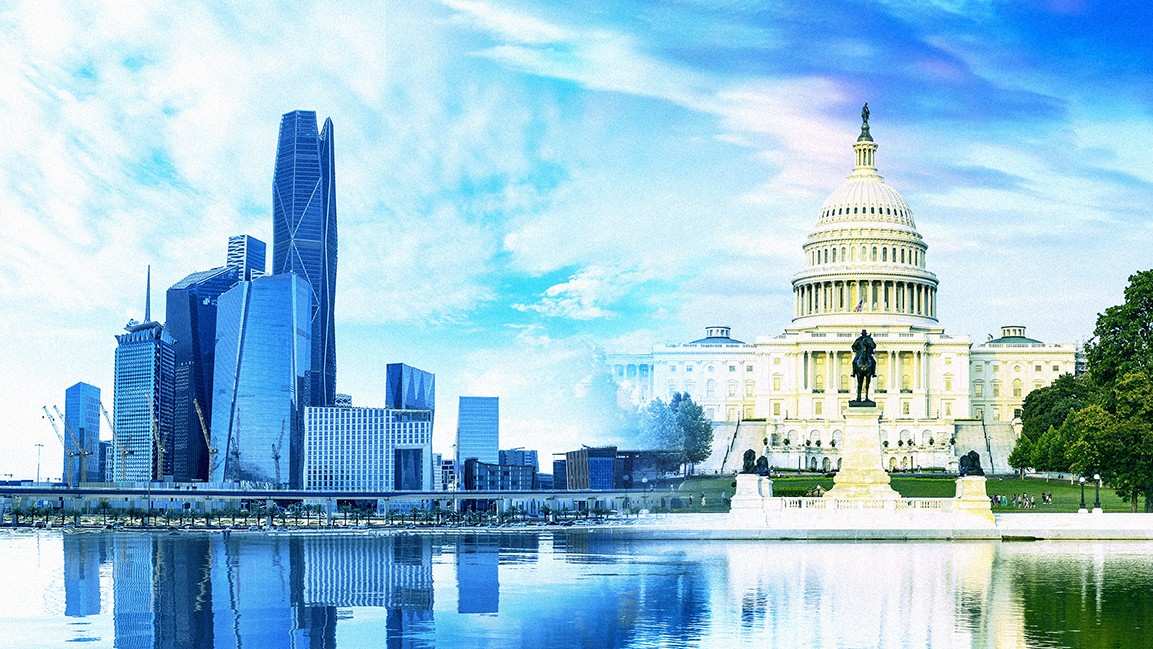- | 1:00 pm
Oman aims to reduce water losses from 40% to 10% by 2036 under new Nama Water strategy
Oman aims to reduce water losses from the current 40% to 10% of the country’s total water production by 2036.
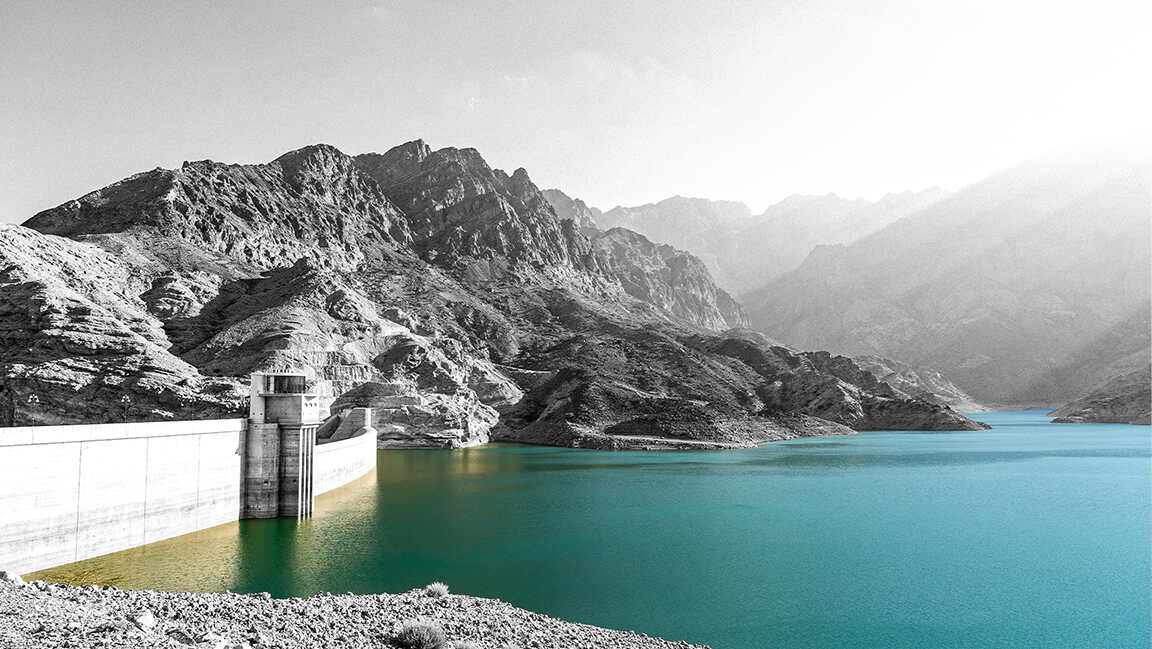
Nama Water Services (NWS), Oman’s state-owned water and wastewater utility, has announced an ambitious plan to cut potable water losses, which currently represent nearly 40% of the country’s total production.
Unveiled during an Executive Panel Discussion at Oman Water Week 2025 in Muscat, the strategy includes replacing aging, leak-prone pipelines, deploying advanced leak detection tools—including satellite imaging and drones—and scaling up smart metering systems across the consumer network.
Water loss—classified as Non-Revenue Water (NRW)—remains a major challenge for Nama Water Services, costing the utility millions of Omani rials each year. NRW includes technical losses, such as leaks, and commercial losses, like metering inaccuracies and billing errors.
Official data presented by the company underscores the scale of the issue. In 2022, Oman produced 444.44 million cubic meters of water, of which 180.7 million cubic meters—or 40.7%—were lost to NRW. In 2023, the figure saw a marginal improvement, falling to 39.6%, equivalent to 177.79 million cubic meters.
Speaking at the forum, Eng. Saud Al Shidhani, Director General of Water & Wastewater Regulation at the Authority for Public Services Regulation (APSR), said the regulator aims to cut water losses to 10% by 2036. The target aligns with Oman Vision 2040 and is backed by the Oman Vision 2040 Implementation Follow-up Unit.
Al Shidhani acknowledged the magnitude of the challenge but commended the strides made by Nama Water and Nama Dhofar Services in recent years. He attributed the improvement to regulatory incentives and the introduction of performance-based targets.
Eng Ibrahim al Harthi, Chief Planning and Asset Management Officer at Nama Water Services, noted that the sector had achieved average annual reductions of 9% in water losses over the past four years. “We work closely with our regulator, who monitors our annual targets for water loss reduction,” the official said.
Al Harthi confirmed that funding has been secured for a large-scale infrastructure replacement program and noted the ongoing rollout of an Automated Meter Reading (AMR) project targeting commercial users.
The high cost of desalinated water remains a key driver behind Nama Water’s aggressive push to reduce losses. “That forms the business case for sustained investment,” Al Harthi said. “However, it’s important to note that this challenge cannot be solved in a single year.”

















